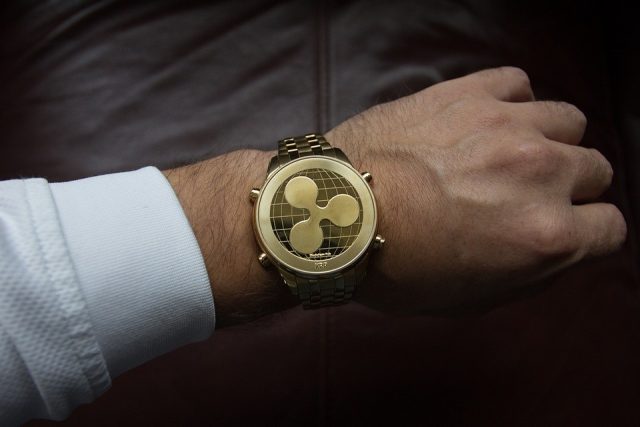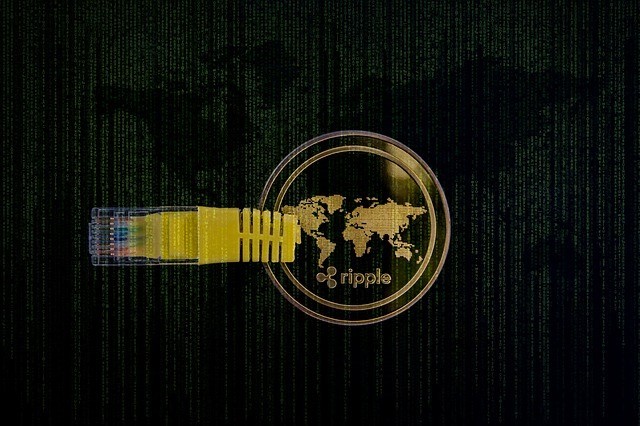
Could Ripple and SWIFT Payments Work Side By Side?

In the world of blockchain, competition is heavy. There is no denying that, while each blockchain cryptocurrency is aiming to build the credibility and legacy of the industry up as a whole, each one is vying to be the one that takes blockchain fully into the mainstream. There are a fair amount of contenders at this point, and each is diversifying enough to be used for its primary goal, but to also show how its blockchain functionality can be utilized. But with safety and security coming to the fore as the key principles driving the future of blockchain, could a partnership be on the cards?
SWIFT and Ripple: A Perfect Match?
SWIFT (Society for Worldwide Interbank Financial Telecommunication) and Ripple (XRP) are both services that attempt to solve the problem of needing quick global payments. Some claim that Ripple, the blockchain cryptocurrency, does what SWIFT payments can do, faster, cheaper, and in a more reliable manner. Surely this means that the pair are doomed to continue to fight as bitter rivals. Well, Marjan Delatinne, a current employee of Ripple and a former employee of SWIFT believes that both financial services can be simpatico. She claims that, despite the outlook that the pair are working towards the same goals, her intimate knowledge of the systems shows that both are in fact vastly different. As such, and as each service has a different end goal, they can work together in a complementary fashion. Provided, she claims, the markets are willing to work with both.
Is Ripple Replacing SWIFT Payments?
SWIFT payments are used to settle payments across borders and have been in place before the idea for blockchain had even been imagined. However, some claim that SWIFT payments don’t actually exchange money, they just use intermediaries to offer information trades that become money later. As a result, some cite the fact that the service is essentially a telecommunications service as a major downfall in a world of much faster and cheaper communications. Instead, Ripple’s XRP platform means that transactions can be undertaken in mere minutes. Using Ripple’s tokens, they can actually exchange money, not just notes promising payment. But Delatinne claims that, while Ripple may seem to be a modern day replacement for SWIFT, the banks could end up using both depending on what might be more beneficial for the actual user. As the services differ, both SWIFT and Ripple could end up being used simultaneously and even complement one another.
Is the World Ready for Ripple?
Ripple’s major selling point is the fact that it can counteract many issues that are currently occurring in the global financial world right now. But, as a sole way of exchanging global transactions, it might not be enough. Ripple’s blockchain capabilities are still essentially under scrutiny, and it’s unlikely that the financial institutions will suddenly overthrow their best practices to take a chance on something that is largely derided as being too volatile. In fact, Ripple isn’t alone in its quest to change the world’s financial services sector. Stellar Lumens (XLM) has also partnered with IBM in order to become a go-to service for global transactions. In the mainstream, there is a struggle to remove the idea that blockchain is just for transferring money, and that the underpinning features can’t be used widely across the board. Using the Ripple platform as a liquidity tool as opposed to just a means of cryptocurrency shows the foresight of the industry and the ability to break from the mould of other similar cryptocoin providers.

Ripple’s CEO Claims By 2019 Major Banks Will Use Ripple
Ripple’s CEO, Brad Garlinghouse, claims that by 2019 dozens of banks will be using Ripple and its products. Specifically, the xRapid system gives the high liquidity needed to transfer money into emerging markets and could revolutionize the way banking institutions look at emerging markets. This is due to the ease and security involved in the cross-border transactions, which allows banks to transfer money to emerging markets. Often people in developing countries have greater access to the internet than they do to a bank account, which can also be helped using a cryptocurrency system. Western Union and Moneygram have trialed xRapid – though haven’t fully committed to using it just yet. But, Garlinghouse’s words aren’t just hot air. Santander already uses xCurrent, which helps check information involved in transactions without requiring the use of cryptocurrency.
Huge changes rarely happen overnight. That’s why it’s important that Ripple continues to work on its financial service offering, while also contributing to the mainstream adoption of blockchain in general. Once the blockchain and its uses have been largely accepted, the new systems will be in place to help solve financial problems. As with any healthy market, competitors will also use the successes of Ripple in order to boost themselves and further the advancements for the blockchain industry.